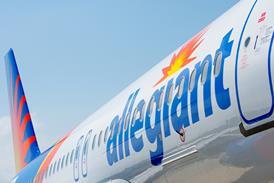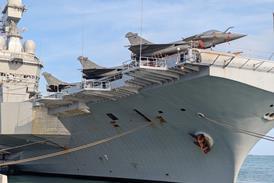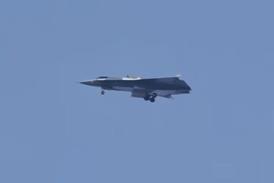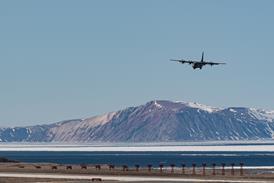Japanese investigators have indicated that a runway conflict alert was active for over a minute before the fatal collision between a Japan Airlines Airbus A350 and a De Havilland Dash 8 at Tokyo Haneda.
But the Japan Transport Safety Board found that controllers in the airport’s east tower felt the system was “difficult to rely on” because it generated nuisance warnings when there was no runway occupancy overlap.
The airport’s east side ground controllers also considered the system “insufficient” to support visual situation assessment.
As such, controllers “did not normally expect to take any action” even if a warning was displayed, the inquiry states.
The system uses position information for ground traffic derived from airport surface detection equipment and multilateration, as well as data on airborne aircraft from surveillance radar.
It was introduced at Tokyo in fiscal 2010 and monitors all four runways at Haneda, and its status is displayed at 14 controller stations.
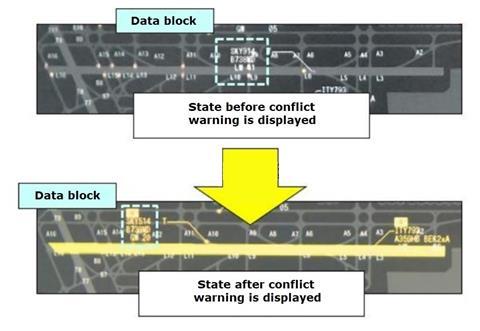
The system is designed to detect the presence of a taxiing aircraft which has crossed the holding point of an active runway, at least 48s before an arriving flight is predicted to reach the runway threshold.
If such a conflict is detected, the affected runway turns yellow on the monitoring screen, and the corresponding data block of the aircraft involved also changes, visually alerting the controller.
At the time of the Haneda accident, on 2 January 2024, the system did not have an audio alarm.
According to the inquiry, the system could trigger false alerts because of built-in safety margins in the way it calculates distances using aircraft transponder and multilateration data.
“Owing to this redundancy, the warning by the support function may be activated even when the runway occupancy is not actually overlapping,” it states.
“Even if the runway occupancy is overlapping, the warning may be activated when it is within the range of normal air traffic control processing and does not pose a safety hazard.”
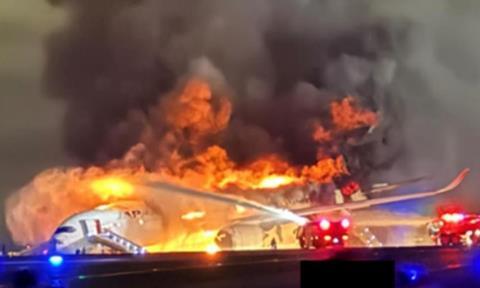
JTSB investigators have determined that the system was operating normally before the accident, and triggered a warning for runway 34R which lasted for 1min 8s.
It had detected a conflict between the Coast Guard Dash 8 – which had crossed the C5 holding point for 34R – and the inbound A350. The alert commenced 7s after the Dash 8 crossed, with the A350 more than 1min away, and continued until it was struck from behind as the A350 touched down.
Investigators state that the airport had “no regulations” stipulating procedures in the event of the system’s generating a conflict warning, and there were no materials to provide air traffic controllers with knowledge of the principles behind the system’s alerts.
Only one of the five occupants of the Dash 8 survived the collision, although all 379 on board the A350 escaped. Both aircraft were destroyed.



